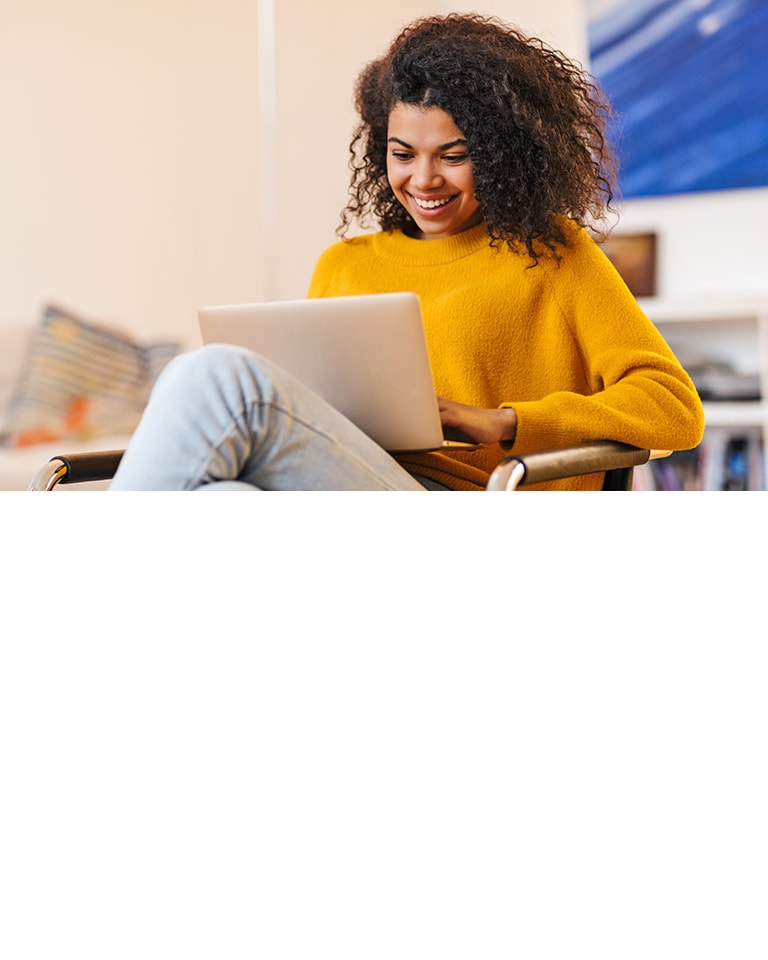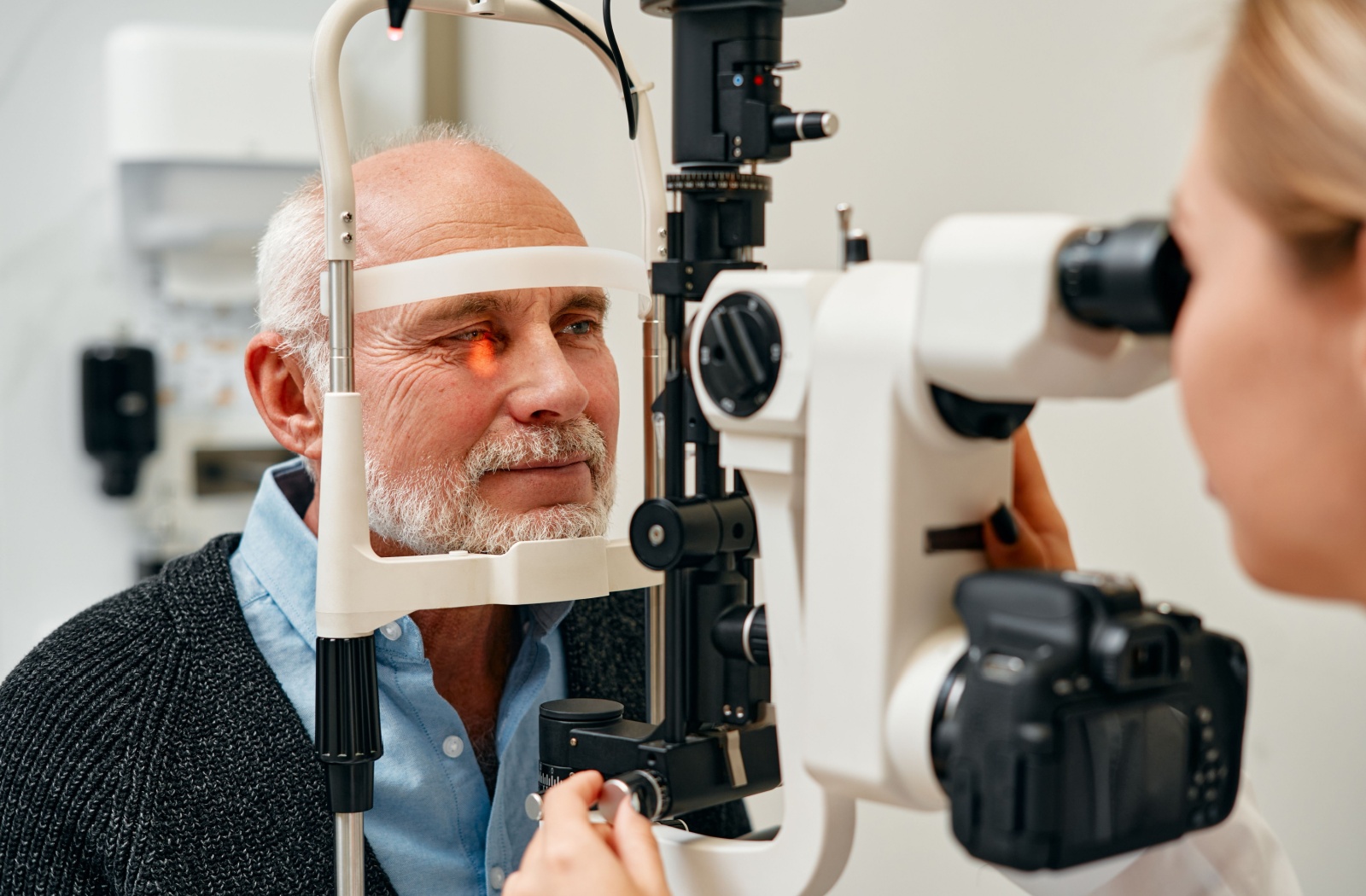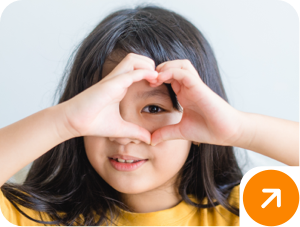Most people think of eye care as something you do only when your vision starts getting fuzzy. But there’s a lot more going on behind the scenes during a comprehensive eye exam, especially when it comes to your overall health.
The eye is the only place in the body where blood vessels can be directly observed without surgery. It is a unique tool for identifying early signs of systemic conditions like diabetes, sometimes before you even know you have it.
What Happens During an Eye Exam?
A full eye exam does more than check how well you can see. It’s also a window into the health of your retina, optic nerve, and blood vessels. That’s why optometrists look at more than just your prescription—they also assess the internal structures of your eyes.
Using tools like retinal imaging and pupil dilation, your optometrist can detect changes or damage in the small blood vessels at the back of your eye. These changes can be early indicators of systemic health conditions, including diabetes.
How Diabetes Affects Your Eyes
Diabetes affects how your body processes sugar, but it can also have a significant impact on your vision. High blood sugar levels can damage the small blood vessels in the retina, a condition known as diabetic retinopathy. This damage can start long before any symptoms appear. Over time, untreated diabetic retinopathy can lead to vision loss or even blindness.
Aside from diabetic retinopathy, diabetes can also increase the risk of other eye conditions like glaucoma and cataracts. Both of these conditions can affect your vision and quality of life, especially if left unmanaged.
Diabetic Retinopathy: The Silent Symptom
One of the biggest challenges with diabetic eye disease is how quietly it can develop. You might not notice any changes in your vision at first. That’s why regular eye exams are so important, especially if you’ve been diagnosed with diabetes or are at risk. Catching these changes early means you and your healthcare team can take steps to protect your vision before more serious complications arise.
There are different stages of diabetic retinopathy. In its early stages, you may not notice any symptoms at all. As it progresses, you might experience blurry vision, floaters, dark spots, or even trouble seeing at night. By the time these symptoms show up, the condition may already be advanced.
Who Should Be Paying Attention?

While anyone can benefit from regular eye exams, they’re especially important for people with certain risk factors. If you have Type 1 or Type 2 diabetes, high blood pressure, or a family history of diabetes, it’s worth speaking with your optometrist about how often you should come in. Pregnant individuals with diabetes are also at higher risk of developing eye complications and should be monitored more closely.
Even if you haven’t been diagnosed with diabetes, your optometrist may spot early signs that prompt further testing. This can be especially helpful in identifying pre-diabetes, a condition where blood sugar levels are higher than normal but not yet in the diabetic range.
What If You’re Not Diagnosed Yet?
It’s more common than you might think for an optometrist to spot the signs of diabetes before a family doctor does. During your exam, they may notice abnormalities in your retina, such as swelling, bleeding, or leaky blood vessels, that point to high blood sugar levels. From there, they can refer you to your general practitioner or specialist for further testing.
This early detection could lead to a diagnosis that helps you take action sooner. Managing diabetes early can help lower your risk of complications and support your overall health, not just your vision.
How Often Should You Have an Eye Exam?
If you’ve already been diagnosed with diabetes, you should schedule a comprehensive eye exam at least once a year—or more often if your optometrist recommends it. Regular visits help track changes and allow your optometrist to provide timely support.
For people without a diabetes diagnosis, routine exams every one to two years are generally a good guideline. Your optometrist may suggest a different schedule depending on your age, health history, or current vision needs.
How West Coast Optical Can Help
At West Coast Optical, we believe in taking a personalized approach to eye care. That means more than just helping you find a new pair of frames. It means understanding your health history, taking the time to explain what we’re looking at, and working with you to stay on top of any changes.
Whether you’re coming in for a regular check-up or have questions about your risk factors, we’re here to help you feel confident about your vision and your health. If it’s been a while since your last exam, now’s a great time to reconnect with your optometrist. Book your appointment today!















